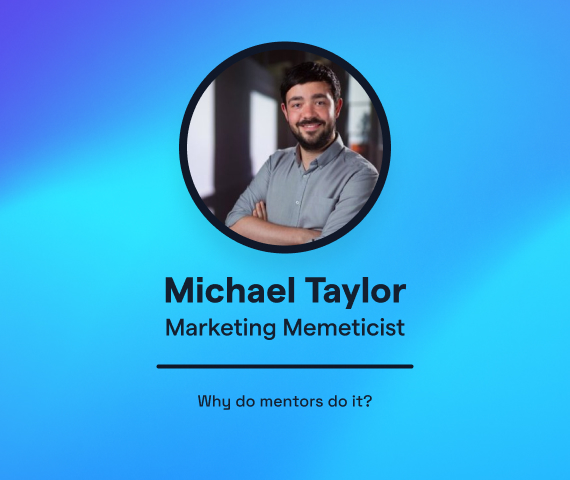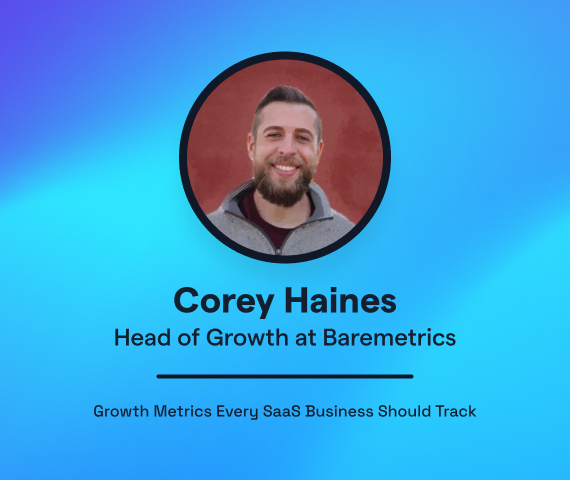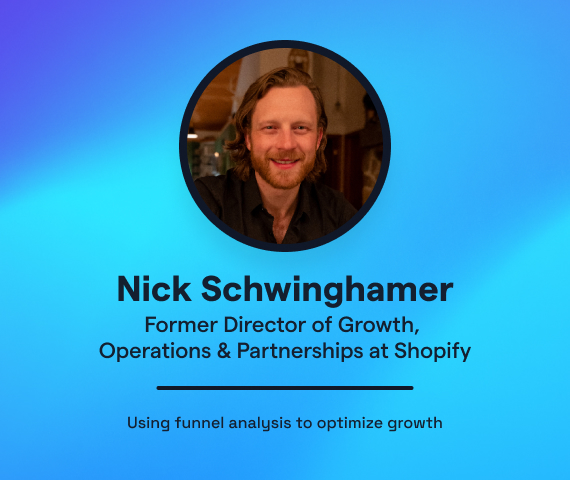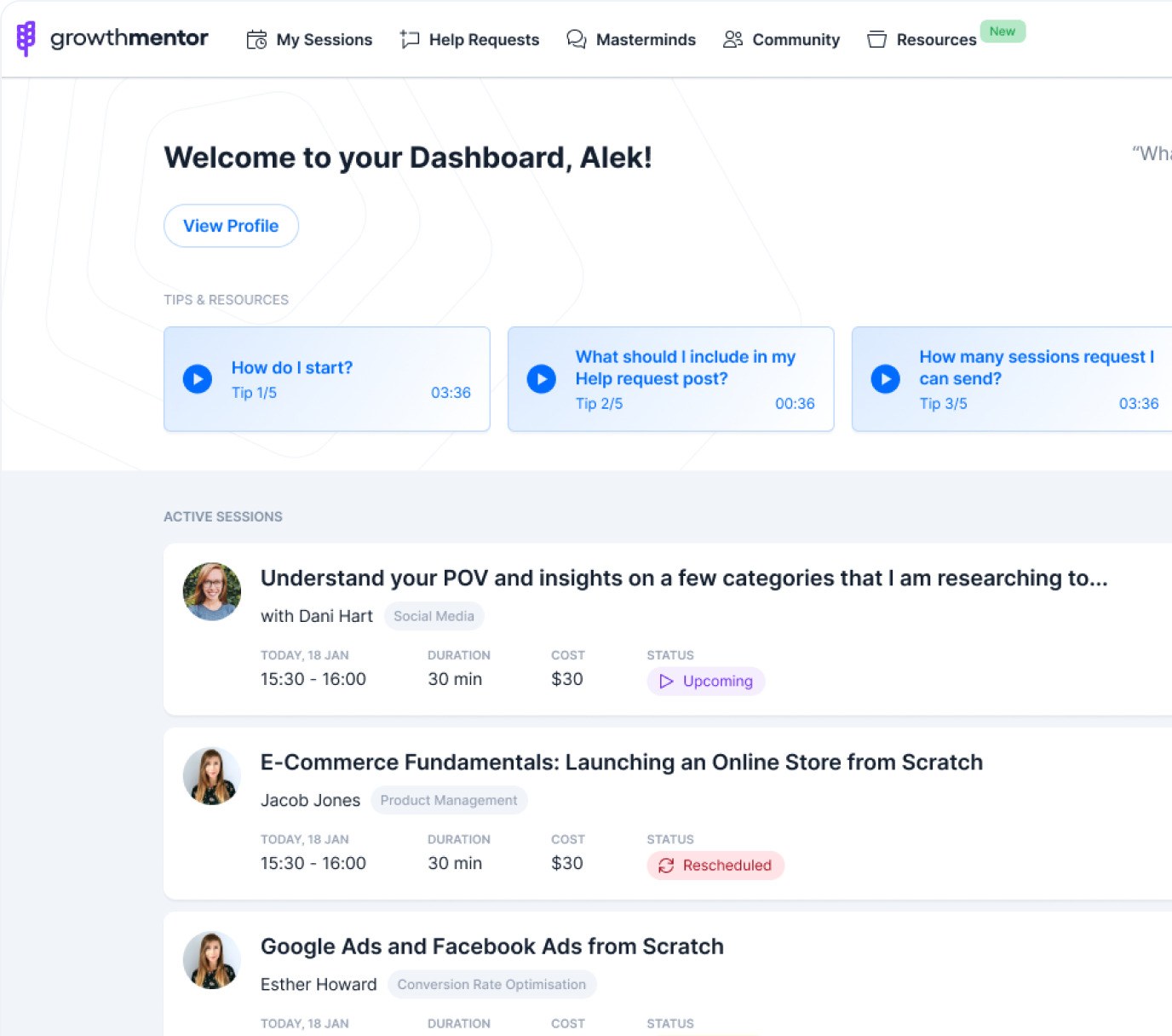Stop Chasing New Channels: The 50-Minute Framework That Unlocks Your Hidden Lead Pipeline
566 contacts, zero sources, and seven customers.
When Mary shared her screen during our GrowthMentor call, I felt that familiar screen-sharing dread. Not because her situation was hopeless, but because I knew exactly what every marketing consultant would tell her next.
“You need to test more channels. Try LinkedIn ads. Launch a content strategy. Start cold emailing.”
I used to give that advice. Then I discovered something that changed how I think about startup marketing: most companies already have a lead generation engine. It’s running invisibly in the founder’s brain.
The Daily Standup Nightmare
Two weeks into her new startup marketing role, Mary was drowning in impossible expectations.
Day zero: Figure out where your existing seven customers came from.
Day two: “Can we meet end of the day to discuss the marketing plan?”
Day fourteen: “What leads did you generate today?”
Her CEO called their customer acquisition “handshakes.” Marketing had no campaigns running. No attribution. No tracking. But somehow they’d built a seven-figure business.
The pressure was suffocating and pushing her backwards.
After working with 52 startups, I’ve discovered something: 80% of their revenue comes from 2-3 activities nobody documented. Companies spend thousands testing new channels while their best performers remain invisible.
Mary’s “handshakes” weren’t random networking. They were systematic relationships with specific industry associations, conferences, and LinkedIn groups. We needed to extract that knowledge from her founder’s brain.
The Moment Everything Shifted
Fifteen minutes into our call, clicking through her empty HubSpot campaigns, I asked the question that changed everything:
“What if we’re solving the wrong problem?”
She went completely quiet. I could hear her mental gears shifting.
“Instead of launching new campaigns, what if we systematically documented what already works?”
That silence told me everything. She’d been trying to build a house without examining the foundation already there.
I used to make the same mistake. At my previous company, we celebrated 500 new email subscribers while ignoring that our three biggest customers all came from the same industry association webinar. We were optimizing for volume while revenue was hiding in plain sight.
The Founder OS Framework
What we built together in the next 37 minutes wasn’t theoretical. The Founder OS framework was born from necessity, tested live, and delivered immediate results.
Extract: The Systematic Interrogation
We exported Mary’s contact list, and I walked her through the questions that matter.
Don’t ask: “How did you meet them?” Do ask: “Which specific conference? What LinkedIn group? Which podcast interview?”
The difference between vague and actionable is everything. “Networking” isn’t a channel you can scale. “Mining Innovation Summit, sustainability track, coffee break conversation” gives you a phone number to call.
Within 15 minutes, her “handshake leads” transformed into a spreadsheet with specific sources, contact people, and digital opportunities she could pursue immediately.
Analyze: Find Your Hidden Revenue Channels
Here’s where most people screw up. They rank channels by lead volume instead of revenue contribution.
We mapped each extracted source to dollars: Conference leads → meetings booked → deals closed → revenue earned. The math told an entirely different story than the founder’s intuition.
One mining conference had generated three of their seven customers. That’s not networking luck, that’s a systematic channel disguised as randomness.
Prioritize: The 70/20/10 Rule
Once you see the numbers, where to focus becomes crystal clear:
- 70% of the effort is scaling your top invisible channel
- 20% systematizing your second-best source
- 10% testing something new
For Mary’s mining tech startup, this meant doubling down on the conference ecosystem webinars, association partnerships, and industry publications rather than generic startup tactics.
Quick-Win: The Association Webinar Hack
This is my go-to move for B2B companies, and it works because of a quirk in professional development.
Most industry associations offer webinars with continuing education credits. Contact their editorial team (not sales) with an educational presentation proposal. They’ll co-market to their membership because attendance helps members maintain certifications.
I’ve personally generated 600-700 qualified leads this way. The magic is in the qualification…people who voluntarily attend educational content are actively working on the problems you solve.
“Half an hour ago, we were talking with the team about digital participation,” Mary said when I explained this. Perfect timing? No. When you extract what already works, new opportunities connect to existing momentum.
Systematize: Build Systems That Work Without You
This is where most people get fancy and overcomplicate things. Don’t.
Start simple: every link you create gets a UTM code that makes sense. Not “utm_source=social” but “utm_source=miningconf2024_webinar.” When Mary checks that tag in six months, she’ll know exactly what it means.
Then connect the dots. HubSpot talks to your webinar platform. Your conference spreadsheet lives somewhere useful. Lead definitions match how founders think about prospects.
The goal isn’t perfection. It’s capturing what happens so you can repeat what works.
What Changed in 37 Minutes
I watched Mary’s energy shift from “I don’t know where to put my budget” to “This connects perfectly with what I need to do” in real time.
By minute 25, we’d discovered her “attribution problem” was actually a “knowledge extraction problem.” By minute 45, she could see the complete system: existing conference relationships connected to webinar opportunities, which connected to her team’s current digital participation discussions.
The confidence shift was immediate. When someone has a framework, they stop being reactive and start being strategic.
By September, she won’t be fielding daily “what leads did you generate?” questions. She’ll be presenting quarterly channel performance reviews with clear ROI data and expansion plans.
Your Invisible Pipeline Exists
This approach works because the insight is universal: every successful business has invisible systems trapped in key people’s heads.
Your sales team knows how your best deals started (not what the CRM shows). Your product team knows which feature requests came from the highest-value customers. Your customer success team knows what made your best onboardings work.
The meta-skill is learning to extract and systematize invisible knowledge before it becomes an organizational bottleneck.
Start Your Extraction Within Two Hours
You can begin this process today using tools you already have.
Export your contact and deal lists from your CRM. Schedule 30 minutes with whoever built your key relationships (usually the founder). Use the systematic interrogation questions I shared. Map vague sources to specific, actionable channels.
Then pick one extracted channel for immediate action. Find three relevant industry associations. Contact their editorial teams with an educational webinar proposal. 3 out of 4 respond within a week because good content is hard to find.
The framework is simple because the insight is simple: your best marketing channels already exist. They’re invisible.
And here’s the beautiful irony: while your competitors burn budget testing the latest growth hacks, you’ll be scaling systems that have already proven they work, like mining gold instead of digging random holes.
The gold is already in the ground. You need better tools.




